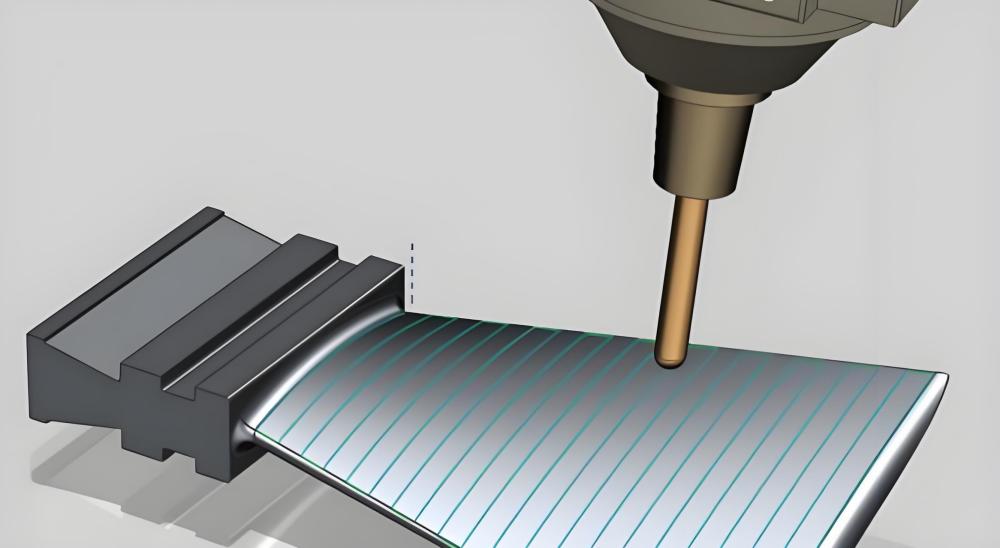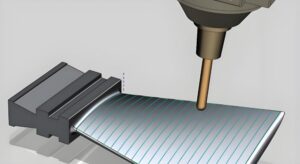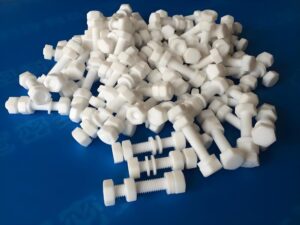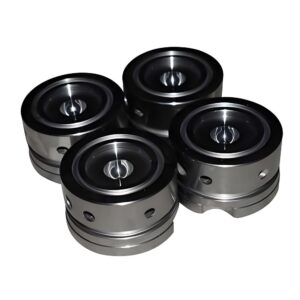In the global manufacturing landscape, precision and efficiency define success. Every component—no matter how small—must meet exact standards and be delivered on time. Among the technologies driving this progress, CAM machining stands out as a cornerstone of modern production. It bridges the gap between digital design and physical creation, turning complex ideas into perfectly crafted parts.
From aerospace turbines to medical implants, CAM machining is transforming how manufacturers design, program, and produce components. It’s not just a tool; it’s a process that shapes the future of precision engineering.
What is CAM Machining?
CAM machining, or Computer-Aided Manufacturing machining, uses specialized software to control machine tools and automate production. By interpreting digital 3D models, CAM systems generate precise tool paths that guide CNC machines—turning raw material into finished parts with remarkable accuracy.
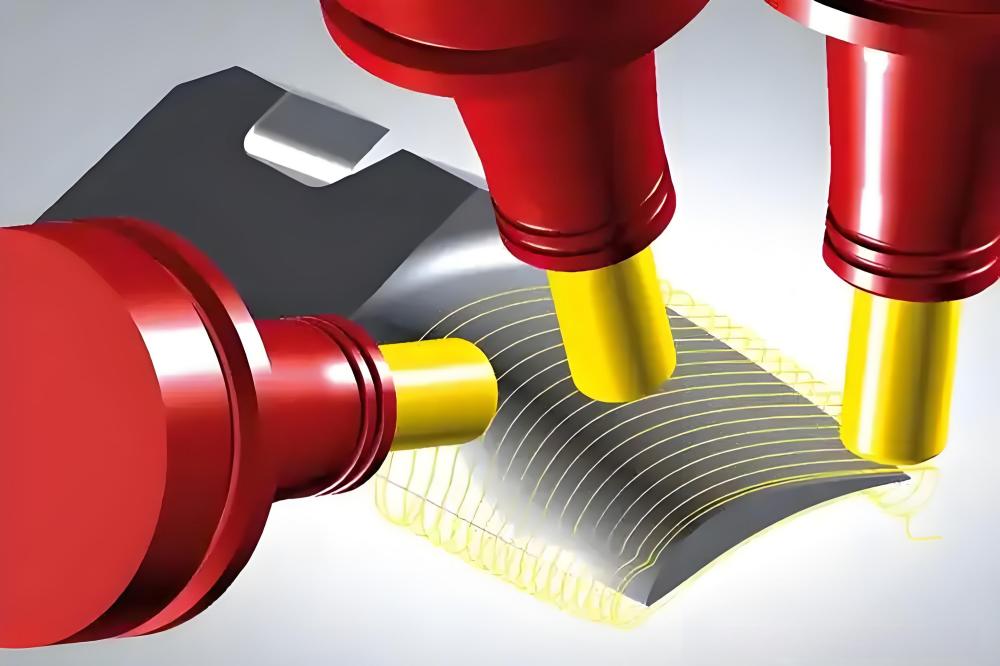
Unlike traditional manual methods, CAM machining relies on a fully digital workflow. Engineers start with a CAD model (Computer-Aided Design), which defines every curve, edge, and hole of a component. The CAM software then calculates the best machining strategy—deciding how the tool will move, how fast it should cut, and which sequence will achieve the best result.
This process eliminates guesswork, reduces waste, and ensures repeatable quality. Whether producing prototypes or high-volume parts, CAM machining delivers consistent results that meet tight tolerances.
How CAM Machining Works
The CAM machining process involves several key steps, each playing a crucial role in achieving precision manufacturing.
- Importing the Design: A digital design file—typically in STEP, IGES, or STL format—is imported into the CAM program.
- Creating Tool Paths: The software automatically generates tool paths, determining how the cutting tool interacts with the workpiece. It considers factors such as tool type, spindle speed, feed rate, and material hardness to achieve the best cutting performance.
- Simulation and Optimization: Before machining begins, the process is simulated virtually. This step allows engineers to detect collisions, tool interference, or errors that could lead to material waste or machine damage.
- Post-Processing: The verified tool paths are converted into G-code, the programming language CNC machines understand.
- Machining Execution: The CNC machine follows the G-code precisely, cutting, drilling, and milling the material into its final form.
This workflow provides a seamless bridge between design and production, minimizing downtime and maximizing productivity. By combining smart software with skilled programming, manufacturers can achieve exacting standards faster and more efficiently than ever before.
Key Components of a CAM System
Every CAM system is built on a combination of hardware, software, and data that work together to deliver flawless machining results.
- CAM Software
The CAM program is the brain of the operation. It enables machinists to create tool paths, simulate processes, and generate machining code. Popular options like Mastercam, Siemens NX, and Fusion 360 are widely used for their intuitive interfaces, tool libraries, and realistic simulations.
- Post-Processor
A post-processor translates the generic tool path into machine-specific code. Since different CNC machines read G-code differently, this step ensures compatibility and accuracy during execution.
- Machine Tools and Cutting Equipment
Precision cutting tools—end mills, drills, lathes—are the hands of the process. The right tooling selection affects everything from surface finish to machining time. Regular maintenance and monitoring of tool wear are vital for consistent results.
- Material Database
Modern CAM systems often include a built-in material library, containing cutting data for metals, plastics, and composites. This allows the software to recommend the right feed rates and spindle speeds automatically.
- Simulation Engine
Before real machining begins, the simulation module visualizes every tool movement. It helps prevent collisions, saves time on setup, and provides confidence that the operation will run smoothly from start to finish.
Applications of CAM Machining
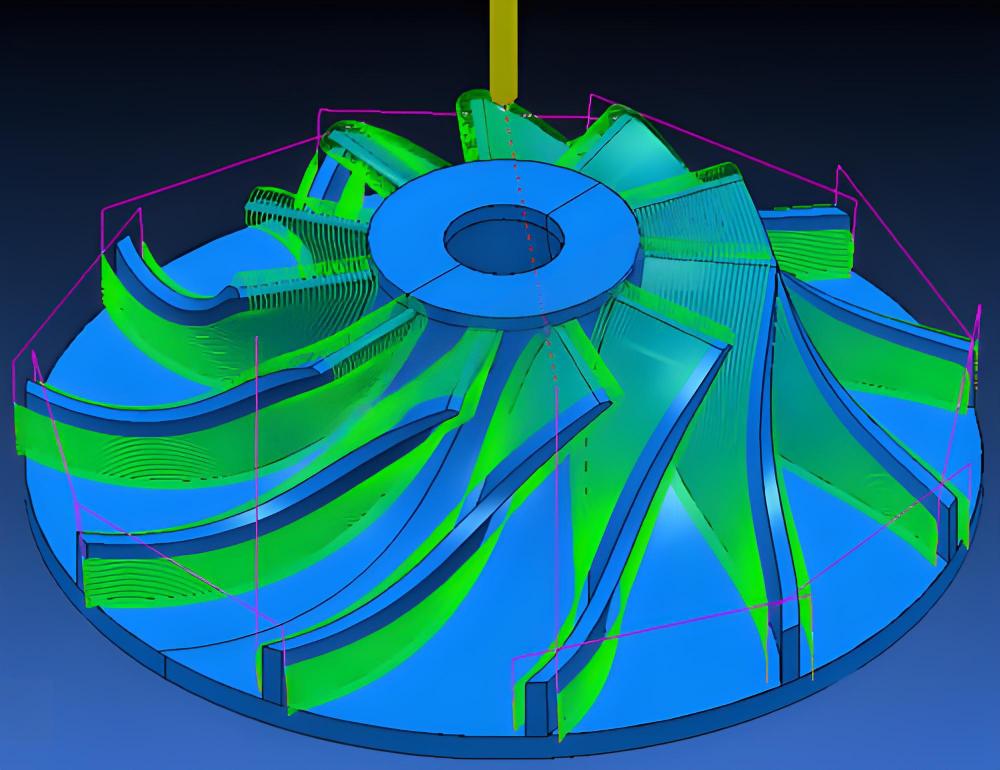
CAM machining plays a vital role in numerous industries where accuracy and repeatability are essential.
Aerospace and Defense
The aerospace sector demands parts that can withstand extreme conditions. CAM machining allows the production of complex turbine blades, landing gear components, and engine housings with micro-level precision. Every cut is tested and verified for quality and safety.
Automotive Industry
Automotive manufacturers rely on CAM machining to produce engine blocks, gear components, and molds. Multi-axis machining reduces setup time and ensures consistent performance across large production runs.
Medical Manufacturing
Medical device makers depend on CAM machining for implants, surgical instruments, and prosthetic components. The process guarantees smooth surfaces, tight tolerances, and absolute reliability—essential in life-critical applications.
Electronics and Toolmaking
From fine molds to miniature housings, the electronics industry benefits from CAM machining’s ability to produce intricate details at high volume. Toolmakers also use it to create precision dies and jigs for secondary manufacturing.
Energy and Heavy Industry
In the energy sector, CAM machining supports the fabrication of turbine hubs, valves, and compressors from high-strength materials. The technology’s flexibility enables efficient production even with challenging metals like titanium and Inconel.
Advantages and Challenges of CAM Machining
Key Advantages
- Exceptional Accuracy: CAM machining eliminates human error and produces components with repeatable precision.
- Higher Productivity: Automated workflows and optimized tool paths shorten production cycles and reduce idle time.
- Reduced Material Waste: Careful simulation and programming ensure efficient use of raw materials.
- Complex Geometry: Multi-axis machining makes it possible to create intricate designs and curved surfaces that manual methods can’t achieve.
- Consistency Across Batches: Once programmed, the same process can be repeated hundreds of times with identical results.
- Integration with Smart Manufacturing: CAM systems connect easily with digital twins, IoT sensors, and data analytics tools, paving the way for smart factories.
Common Challenges
Despite its many benefits, CAM machining does present some challenges. The initial cost of high-end software and CNC machinery can be substantial. Skilled programming is also required to unlock the full potential of the system. Regular maintenance, software updates, and operator training are essential to maintain peak efficiency.
However, these investments quickly pay off through greater accuracy, reduced lead times, and long-term cost savings.
The Future of CAM Machining
The next generation of CAM technology is moving toward intelligent automation and hybrid manufacturing. Artificial intelligence and machine learning now help optimize tool paths in real time, while predictive analytics identify maintenance needs before breakdowns occur.
Hybrid systems that combine additive and subtractive processes are also gaining traction. This allows manufacturers to 3D print material and then machine it to final precision in one setup—a breakthrough in flexibility and efficiency.
As sustainability takes center stage, CAM machining contributes by minimizing scrap, extending tool life, and optimizing energy usage. It’s a key enabler of greener, more responsible manufacturing across the globe.
Precionn: Your Partner in Precision Machining
With deep expertise in the machining industry, Precionn continues to deliver high-quality components for global clients through advanced CAM machining solutions. We integrates cutting-edge technologies with skilled craftsmanship to produce parts that meet strict international standards.
Whether it’s custom prototypes or large-scale production, Precionn’s team focuses on accuracy, speed, and reliability—helping businesses around the world turn innovative designs into flawless finished products.
For manufacturers seeking a dependable partner in precision machining, Precionn is a name that stands for trust, quality, and technological excellence.

